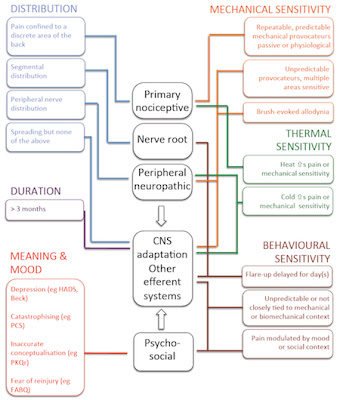This is a useful posting from the NOI group. Particularly interesting for clinicians at GF Strong who work with clients with neurological conditions like SCI, stroke and MS.
http://noinotes.wordpress.com/2012/12/20/missing-out-at-christmas/
It really underlines how some of the patients we work with really aren't well represented in pain research. As a result, establishing useful pain treatments can be even more difficult.
From the NOI Posting:
"What can we do about it?
In our very own small way, we are planning to do something. We have had our first course in neurological disease and pain last month and introduced therapies such as graded motor imagery and therapeutic neuroscience education for these once untouched neuropathic pains. There are more courses planned in Australia and later for overseas. We are well on the way in planning for pelvic pain courses under neuroimmune refreshed biopsychosocial thinking. And we will fund imagery studies on face pain, pelvic pain and therapeutic neuroscience education for stroke pain, but I think we can all start by listing awareness on groups that are missing out on the very first stage of treatment – "an understanding of why I hurt". Tell us who you think is missing out."
http://noinotes.wordpress.com/2012/12/20/missing-out-at-christmas/
It really underlines how some of the patients we work with really aren't well represented in pain research. As a result, establishing useful pain treatments can be even more difficult.
From the NOI Posting:
"What can we do about it?
In our very own small way, we are planning to do something. We have had our first course in neurological disease and pain last month and introduced therapies such as graded motor imagery and therapeutic neuroscience education for these once untouched neuropathic pains. There are more courses planned in Australia and later for overseas. We are well on the way in planning for pelvic pain courses under neuroimmune refreshed biopsychosocial thinking. And we will fund imagery studies on face pain, pelvic pain and therapeutic neuroscience education for stroke pain, but I think we can all start by listing awareness on groups that are missing out on the very first stage of treatment – "an understanding of why I hurt". Tell us who you think is missing out."
Understanding the biology of the pain states that exist for some of our patients, and how we successfully work with patients to reduce their pain will be very important information for us to share in order to move forward.











